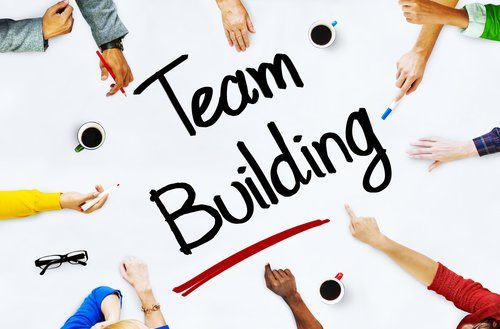
Effective communication and trust are the cornerstones of strong team dynamics. However, building and maintaining these essential elements require intentional effort and investment in team building exercises. These exercises provide opportunities for team members to interact, collaborate, and develop a deeper understanding of each other’s strengths, weaknesses, 團隊活動遊戲 and communication styles. In this article, we’ll explore the significance of team building exercises in building trust and communication within teams, along with some effective exercises to achieve these goals.
Importance of Trust and Communication in Teams
Trust and communication are fundamental for fostering collaboration, problem-solving, and innovation within teams. When team members trust each other and communicate openly and effectively, they feel more comfortable sharing ideas, providing feedback, and working together towards common goals. This creates a positive team environment where individuals feel valued, respected, and supported, leading to higher morale, increased productivity, and better overall performance.
The Role of Team Building Exercises
Team building exercises serve as valuable tools for strengthening trust and communication within teams. These exercises provide structured opportunities for team members to engage in collaborative activities, practice active listening, and develop empathy and understanding towards each other. By fostering meaningful interactions and promoting teamwork, team building exercises help build rapport, break down barriers, and create a sense of camaraderie among team members.
Effective Team Building Exercises for Building Trust and Communication
Trust Falls: Trust falls are classic team building exercises that involve one team member falling backward and trusting their teammates to catch them. This exercise helps build trust, reliance, and mutual support among team members.
Two Truths and a Lie: In this icebreaker activity, each team member shares two truths and one lie about themselves, while the rest of the team tries to guess which statement is false. This exercise encourages open communication, active listening, and sharing personal experiences.
Team-Building Workshops: Workshops focused on communication skills, conflict resolution, and active listening provide valuable opportunities for team members to develop essential communication skills and strategies for effective collaboration.
Collaborative Problem-Solving: Collaborative problem-solving exercises challenge teams to work together to solve complex problems or complete tasks within a set time frame. This encourages teamwork, creativity, and critical thinking while fostering trust and communication among team members.
Role-Playing Scenarios: Role-playing scenarios simulate real-life situations and challenges that teams may encounter in the workplace. By assuming different roles and perspectives, team members can practice communication, empathy, and conflict resolution skills in a safe and supportive environment.
Team-Building Games: Team-building games such as scavenger hunts, escape rooms, or team trivia nights provide opportunities for team members to bond, collaborate, and have fun together while strengthening trust and communication.
Conclusion
In conclusion, trust and communication are essential for building strong and cohesive teams. Team building exercises provide valuable opportunities for team members to develop these essential skills, foster meaningful connections, and work together towards common goals. By investing in team building exercises that focus on building trust and communication, organizations can create positive team environments where individuals feel valued, supported, and empowered to achieve their full potential. As teams continue to navigate the challenges of the modern workplace, prioritizing trust and communication through effective team building exercises will be essential for driving collaboration, innovation, and success.
